A world without the lifetime allowance
Join us on a deep dive into life after the LTA as we provide guidance on the new allowances and their potential impact on you and your clients.
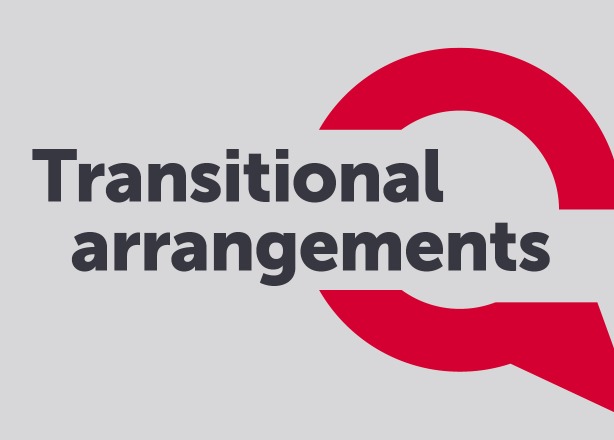
The end of the lifetime allowance means the start of some complicated new rules – and this page aims to guide you through all of it. Make sure you keep checking back here, because we’ll be making regular updates as HMRC guidance on the topic evolves.

Lifetime allowance abolishment
From 6 April 2024 only pension lump sums are tested when pensions are accessed. There are no tests for taking income or for reaching age 75.
There are two main allowances:
- Lump Sum Allowance (LSA) set at £268,275, and
- Lump Sum and Death Benefit Allowance (LSDBA) set at £1,073,100.
In addition, there is a separate Overseas Transfers Allowance (OTA) also set at £1,073,100.
You can find more information about these new allowances, and how benefits will be tested against them, in our ‘Testing pension benefits' guide.
Transitional Tax-Free Amount Certificates
Our technical experts are keeping up to date with the latest guidance and announcements on this from HMRC. This is what we know so far…
Is there a deadline to apply for a certificate?
Yes. People have to apply for a certificate before the first relevant benefit crystallisation event in the new regime. If they are issued with a certificate, it will replaces the standard transitional calculation (STC). A TTFAC can’t be applied for retrospectively.
It will be worth factoring in additional planning time for this, as the new processes involved could result in a longer waiting time than you would normally expect. It’s also worth prioritising any clients who are taking regular UFPLS – they may want to put their April 2024 payment on hold while they check whether they need a TTFAC.
Which clients might benefit from the certificate?
There will be ‘winners and losers’ from applying for the certificate. Unfortunately, we can’t know who falls into which camp until they do the relevant calculations.
The standard transitional calculation (STC) assumes someone has always received tax-free cash of 25% of their used lifetime allowance.
For this reason, some people will lose out, because they’ve taken less tax-free cash than this calculation assumes. If that’s the case, they can request a certificate that gives them some tax-free cash entitlement back.
Clients may benefit from the TTFAC if they:
- took less than 25% cash – usually because they waived their full entitlement from a DC pot or because the commutation factors from a DB scheme were unfavourable, or the accrual model of a separate lump sum under a DB scheme produced that result;
- had a BCE because they turned age 75, a scenario which uses up LTA, but doesn’t ‘produce’ tax-free cash;
- transferred overseas – which also uses up LTA, but the pension saver doesn’t take a lump sum; or
- crystallised in the four years where LTA was lower than £1,073,100 (because the standard calculation is based on them receiving 25% of £1,073,100, not 25% of a lower allowance).
Please note that if the client only received a tax-free lump sum before 6 April 2006, they cannot apply for a TTFAC.
Which clients could the certificate make worse off?
It’s important to be aware that not all clients will better off applying for a certificate, and some will actually be worse off. Clients may lose out from the TTFAC if they:
- took scheme-specific tax-free cash protection for at least one of their lump sums, as this gives more than 25%; or
- took a lump sum when the LTA was higher than £1,073,100.
However, this all depends on personal circumstances, and what other lump sums they took.
What happens if the certificate reduces your client’s allowance?
Unfortunately, a certificate is irreversible. If a scheme receives an application, and all the required evidence is provided, it must issue a certificate, even if the scheme knows it will result in a worse outcome for the client. It’s not possible to withdraw an application – either before the certificate is issued or after it has been received.
What type of evidence for lump sums is AJ Bell Investcentre asking for?
It must state the pension scheme, the policy number or reference (if there is one), the type of lump sum, the lump sum amount and the date. For pensions where your client gave up their entire lump sum, the evidence must confirm this in some way.
The ideal evidence will therefore be a copy of the confirmation letter the client received at the time the lump sum was paid. If your client no longer has that, we will accept a recent letter or e-mail from the scheme administrator or trustees.
If, before 6 April 2024, your client turned 75 or transferred pension funds overseas without having taken a lump sum from any pension scheme, they will not need to provide evidence of this. However, they will still need to provide evidence of all lump sums they took.
Please note that pre-2006 pensions are included in the TTFAC calculation but only if the client took benefits between 6 April 2006 and 5 April 2024 and an LTA reduction calculation took place. In those cases, we will also need evidence of the LTA reduction. This information should be on the confirmation letter the client received at the first benefit crystallisation event (BCE) on or after 6 April 2006.
There is no need to provide evidence relating to AJ Bell pension schemes as we will already have this on file, but details do still need to be added to the form.
What information has to be included within the certificate?
- The applicant’s name, address and National Insurance number.
- The amount of lifetime allowance they’ve used previously, expressed as a percentage of the standard lifetime allowance at the time the benefit was taken.
- The lump sum transitional tax-free amount, as verified by the scheme administrator.
- The lump sum and death benefit transitional tax-free amount, as verified by the scheme administrator.
The certificate is wrong, what happens now?
If there’s an error on the certificate, it can’t be amended. It just becomes invalid and can’t be relied on.
What other guidance has HMRC provided?
In addition to the above, HMRC has also told us:
- A pension saver (or their Legal Personal Representatives on death) can apply to any scheme they are a member of.
- The legislation states that once a certificate has been applied for, the scheme must either issue one or decline to issue one within three months.
- Schemes may only decline to issue a certificate if the member has failed to provide “complete evidence”. The three-month clock only starts when complete evidence has been received.
- Certificates will be viewed as an accurate record of the member’s tax position, even if it is less beneficial than the standard transitional calculation. Schemes cannot ignore a certificate.
- HMRC will not mandate for transitional certificates to be shared between providers on transfer.
Our experts are working closely with HMRC, and will provide further updates as soon as we get them.

On-demand webinar
Transitional arrangements and certificates for pensions from 6 April 2024
Our Senior Technical Consultant, Lisa Webster, looks at the transitional arrangements for those clients that have accessed their pension under the lifetime allowance regime.
45 minutes

Working out whether your client should apply for the Transitional Tax-Free Amount Certificate
It’s important that you carry out your own meticulous research, and gather all the necessary information required to complete the necessary calculation.
The TTFAC replaces the standard transitional calculation and instead of deducting the equivalent amount from the standard LSA, it deducts actual tax-free lump sums taken in the period 6 April 2006 to 5 April 2024.
It is possible to apply for a TTFAC where 100% LTA has been used.
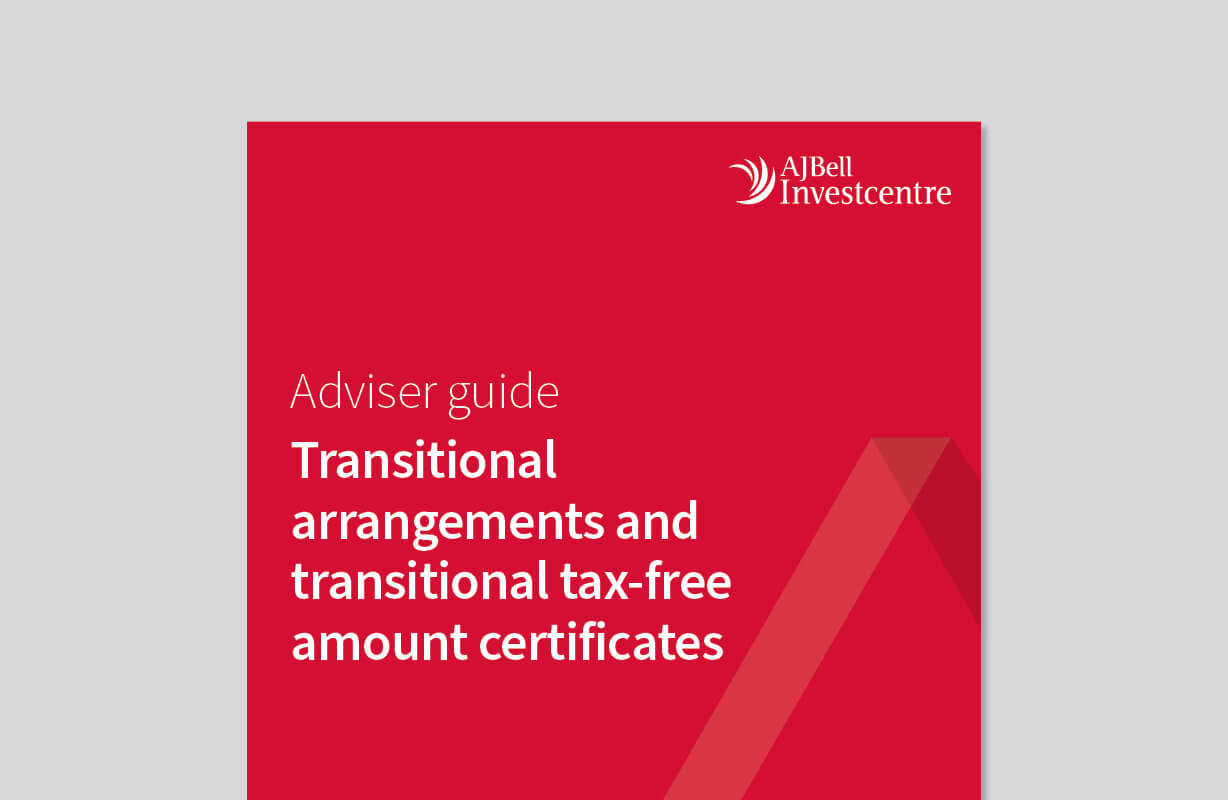
Transitional arrangements and transitional tax-free amount certificates
To help you understand the transitional arrangements that came into effect when the lifetime allowance was abolished, we’ve created a new adviser guide.
You can expect to learn about:
- the standard transitional calculation;
- Transitional Tax-Free Amount Certificates (TTFACs);
- example client scenarios, and who should apply for a TTFAC;
- calculations where protection is held;
- pre-commencement pensions; and
- applying for a TTFAC.
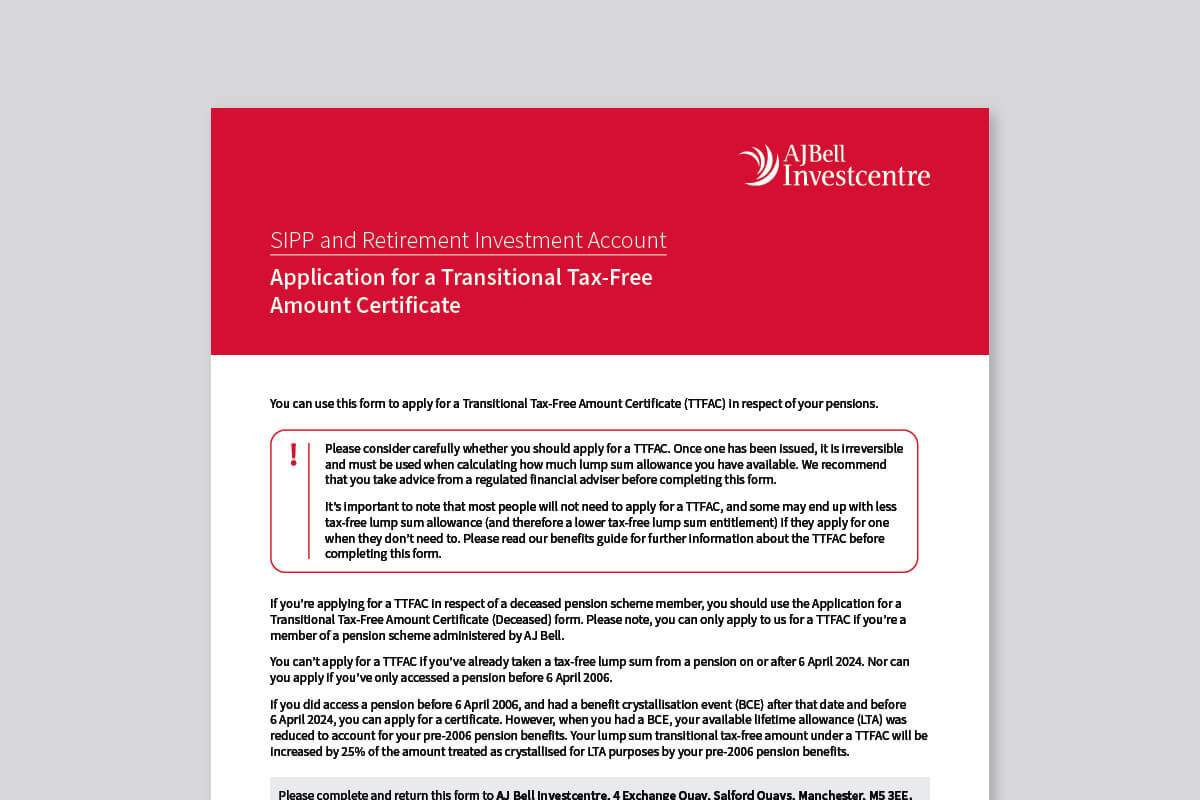
TTFAC application form
This form is available for advisers with clients looking to apply for a Transitional Tax-Free Amount Certificate (TTFAC) for their pensions.
It’s important to remember that not all clients will be better off applying for a certificate, and some will actually be worse off. You can find more information in our adviser guide.
Potential actions to consider
Here are some tips to help you stay on the front foot as the new rules come into force:
- Check if your regular UFPLS clients want to rely on a certificate before their next regular crystallisation happens – once they receive a payment, they can no longer apply for a certificate.
- Are there any current crystallisation plans for possible RBCEs in April and May? If so, try to plan around the unknowns and operational issues that could arise as the HMRC releases more details.
- Consider clients who may have additional tax-free cash available under the transitional calculation. Could this actually be realised from existing uncrystallised funds?
Helpful resources
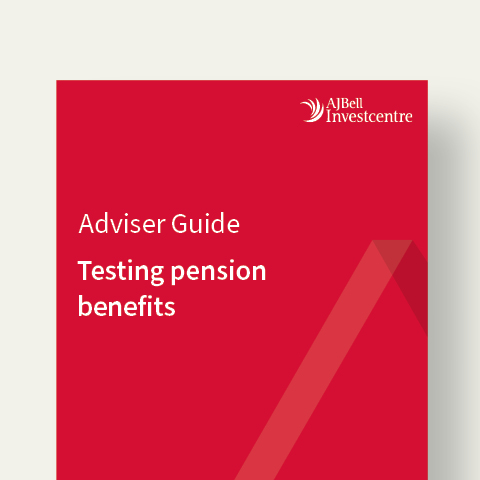
Testing pension benefits
Understand the likely impact of the introduction of the LSA and LSDBA on your clients, and the best ways to manage benefits.
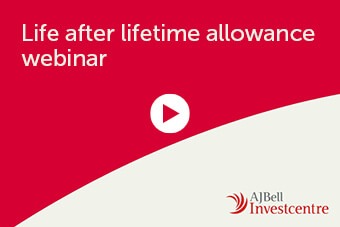
Life after the lifetime allowance
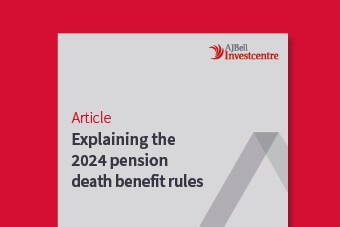
Explaining the 2024 pension death benefit rules
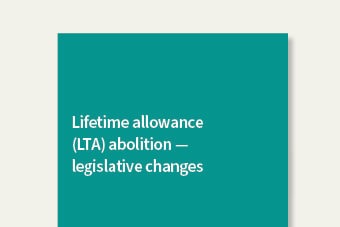
HMRC Newsletter

Transitional Tax-Free Amount Certificates – proceed with caution

Visit our technical home
For details on the LTA abolition and how to incorporate the changes into your planning, head over to our Tech Zone. You’ll find everything you need, from articles to easily digestible videos on key legislation changes.



